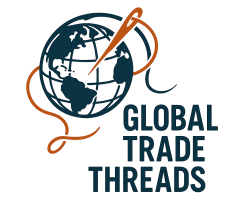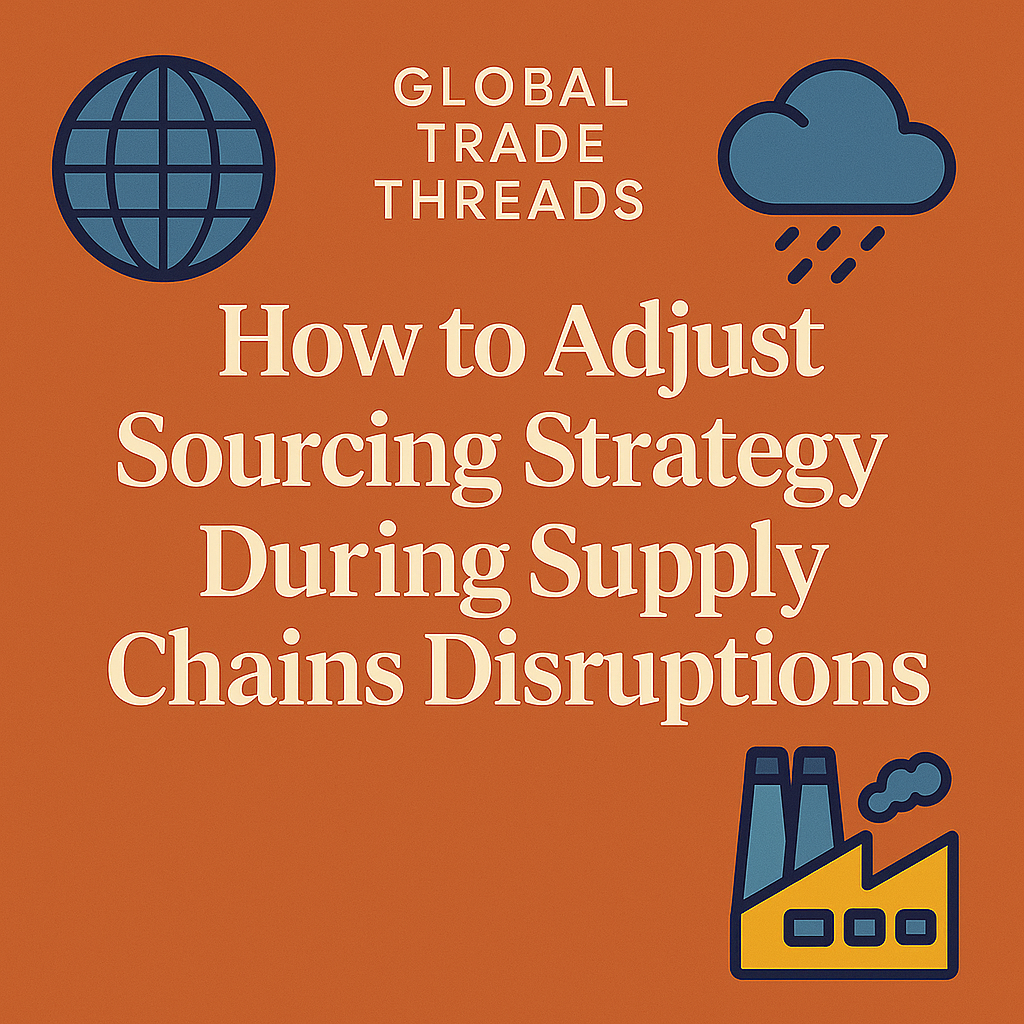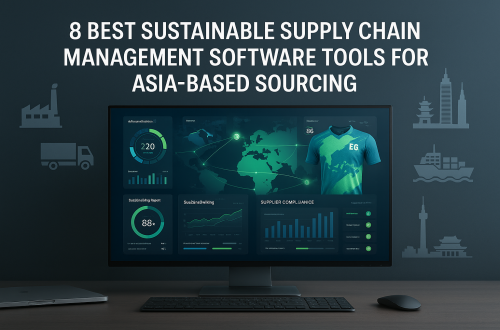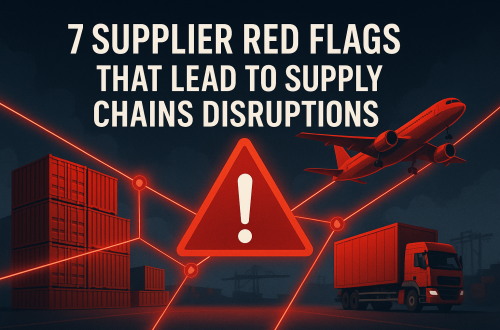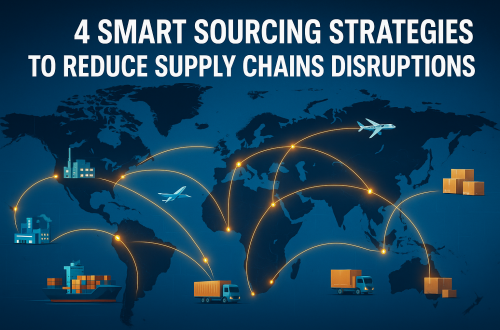Supply chains disruptions can affect any business, large or small. Unforeseen events—whether caused by tariffs, geopolitical tensions, or lingering pandemic effects—can derail a company’s carefully planned sourcing strategy. In May 2025, U.S. seaborne imports from China plummeted by 28.5% year-over-year, reportedly due to the imposition of 145% tariffs (source: Reuters).
Such developments highlight just how fragile global trade can be and underscore the need to plan ahead. In this post, we will discuss practical ways to adjust your approach, enhance supply chain resilience, and maintain profitability in the face of ongoing supply chains disruptions.
Introduction to supply chains disruptions
Supply chains disruptions come in many forms. They can arise overnight because of changes in a country’s trade policies or slowly intensify over months due to labor shortages or cybersecurity threats. A recent survey conducted by insurance brokerage Gallagher showed that 90% of U.S. business owners are worried about how President Donald Trump’s tariff policies might disrupt their supply chains.
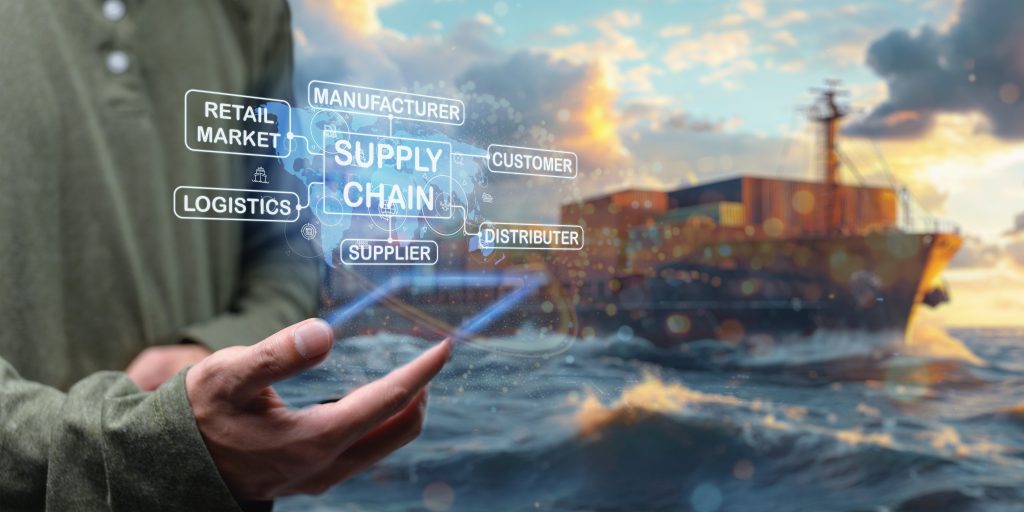
These statistics underscore why supply chains disruptions are top of mind for sourcing managers. When potential bottlenecks arise in shipping or manufacturing, businesses face delayed product deliveries, higher costs, and possible reputational damage. Modern consumers expect quick turnaround times and reliable merchandise. If you can’t adapt swiftly to supply chains disruptions, you risk losing customers. By staying flexible and diversifying supplier relationships, companies can mitigate risks and keep customers satisfied.
The Impact of supply chains disruptions on Sourcing
Supply chains disruptions can force businesses to drastically change how and where they source their products. To understand these effects, it is important to look at recent data. According to the OECD, aggressive reshoring or shifts in supplier networks can negatively affect global GDP (source: Financial Times).
While moving production closer to home may seem like a quick fix for disruptions, it can also lead to higher input costs and reduce access to specialized manufacturing facilities abroad. Additionally, business owners must keep a close eye on hidden costs such as tariffs. In 2025, many American manufacturers felt strains similar to the COVID-19 era because the reinstated tariffs increased duties on imported goods (source: Axios).
Meanwhile, complex geopolitical shifts—especially between the U.S. and China—remain a key area of concern. Maintaining diverse sourcing options and a strong supplier network can lessen the financial impact of these disruptions in the long term.
Tariffs and Their Effect on Global Sourcing
Tariffs directly affect landed costs. When certain shipments become more expensive because of tariffs, supply chain managers might look elsewhere to offset rising expenses. For example, some U.S. importers, wary of additional duties, are seeking alternative manufacturing hubs in Asia, such as Vietnam or the Philippines, as a hedge against future trade policy fluctuations. This kind of diversification can help stabilize your supply chain and protect your bottom line.
Geopolitical Shifts and Risk Management
Geopolitical tensions continue to shape sourcing strategies. The OECD’s cautionary note about global economic losses tied to reshoring policies underscores the delicate balance between staying close to major markets and retaining access to specialized skills and resources found overseas. Proactive risk management—such as investing in supply chain visibility and collaborating with trusted technology partners—helps your organization respond quickly when disruptions arise.

Supplier Diversification Tactics for supply chains disruptions
One of the most effective ways to handle supply chains disruptions is a well-thought-out supplier diversification plan. If one factory experiences delays due to logistical hurdles, having a second or third supplier to fall back on can save time and resources. Here are a few strategies to consider:
- Identify Alternative Manufacturers
Create a list of potential secondary manufacturers or suppliers in different regions. Keep contact details and product samples for each so you can swiftly pivot if your primary supplier faces a challenge. - Explore Dual Sourcing for Major Components
For mission-critical components, consider having two sources to avoid single points of failure. Splitting orders between two suppliers might add a layer of complexity, but it lessens the risk of catastrophic shortages or delays.
By planning for “what if” scenarios in advance, businesses stand a better chance of handling sudden market upheavals without losing customer trust.
Building Supply Chain Resilience
Supply chain resilience focuses on creating systems that can bounce back from disruptions quickly. It involves strong relationships with suppliers, transparent communication channels, and up-to-date contingency plans.
Tools like Resilinc’s AI-powered platforms can help you identify parts of your chain that are most vulnerable and enable you to implement risk mitigation measures sooner. Meanwhile, real-time data monitoring can reshape your approach to building resilience against potential disruptions and better align your overall sourcing strategy.
Balancing Local and Overseas Suppliers
While some companies turn to reshoring in hopes of avoiding tariff hikes, the move might not always pay off. Local manufacturing can cost more, which could be compensated by faster shipping times or a “Made in the USA” marketing angle.
For instance, you might source your packaging locally while continuing to import specialized electronics components from overseas. Such a hybrid approach maximizes cost savings while mitigating supply chain vulnerabilities that come with relying on a single region.

Leveraging Technology to Overcome supply chains disruptions
Businesses now have access to a wide range of software solutions to detect, prevent, and address supply chains disruptions. According to Gitnux, 65% of supply chain leaders intend to increase their investment in AI-driven analytics by 2025 to improve real-time tracking and predictive modeling. Here’s how technology can reshape your sourcing:
- Enterprise Resource Planning (ERP) Systems
Software like SAP ERP and Microsoft Dynamics 365 can offer real-time insights into inventory levels, shipping data, and financial metrics. This high visibility is essential for anticipating disruptions and reassessing sourcing methods on the fly. - Manufacturing Resource Planning (MRP) Tools
Katana MRP is a prime example of how small to midsize manufacturers can integrate production planning, inventory management, and supplier coordination. By unifying these areas, MRP tools provide transparency, reducing the odds of missed timelines or inventory shortfalls. - Blockchain Tracking
Blockchain technology, widely adopted in 2023 by 34% more companies than in previous years (source: Gitnux), enables end-to-end product traceability. This helps confirm product authenticity and ethical compliance, while reducing the risk of supply chain fraud. - Collaboration and Project Management Platforms
Tools like Wrike allow cross-functional teams to coordinate sourcing tasks and deadlines in a centralized environment. When an urgent shipping issue arises, you can respond immediately through shared dashboards, ensuring everyone remains updated on critical changes.
Tools and Tech Partnerships
Many big-name organizations, such as Oracle Corporation and IBM, offer supply chain management solutions including AI and machine learning capabilities. Meanwhile, SAP SE’s enterprise software and Microsoft Corporation’s business analytics tools help you interpret large volumes of data. By integrating modern technology into your sourcing operations, you not only minimize the impact of supply chains disruptions but also transform your process to be more streamlined and cost-effective.
Conclusion
Supply chains disruptions are unsettling but not insurmountable. Adapting your sourcing strategy means diversifying suppliers, staying informed about tariffs and geopolitical events, and investing in robust technologies like ERP, MRP, and blockchain. Forward-thinking organizations also recognize the critical role AI plays in enhancing supply chain visibility, which 65% of supply chain leaders plan to adopt more extensively by 2025 (source: Gitnux).
By using solutions from companies like SPS Commerce or leveraging guided resources from the Association for Supply Chain Management, businesses can build resilience against supply chains disruptions. Whether you’re a supply chain professional overseeing large-scale operations or an e-commerce entrepreneur looking to expand into new markets, preparing thoroughly for disruptions is essential.
Strategies such as forming multi-supplier relationships, employing AI-driven tools, and investing in robust contingency plans can keep you flexible and profitable. The key is to remain vigilant—anticipating events that might threaten your global trade channels and staying ready with real-time data, strong communication, and diversified partners. Ultimately, by integrating these steps, you can transform supply chains disruptions from a crisis into an opportunity to sharpen your sourcing strategy and accelerate growth.
